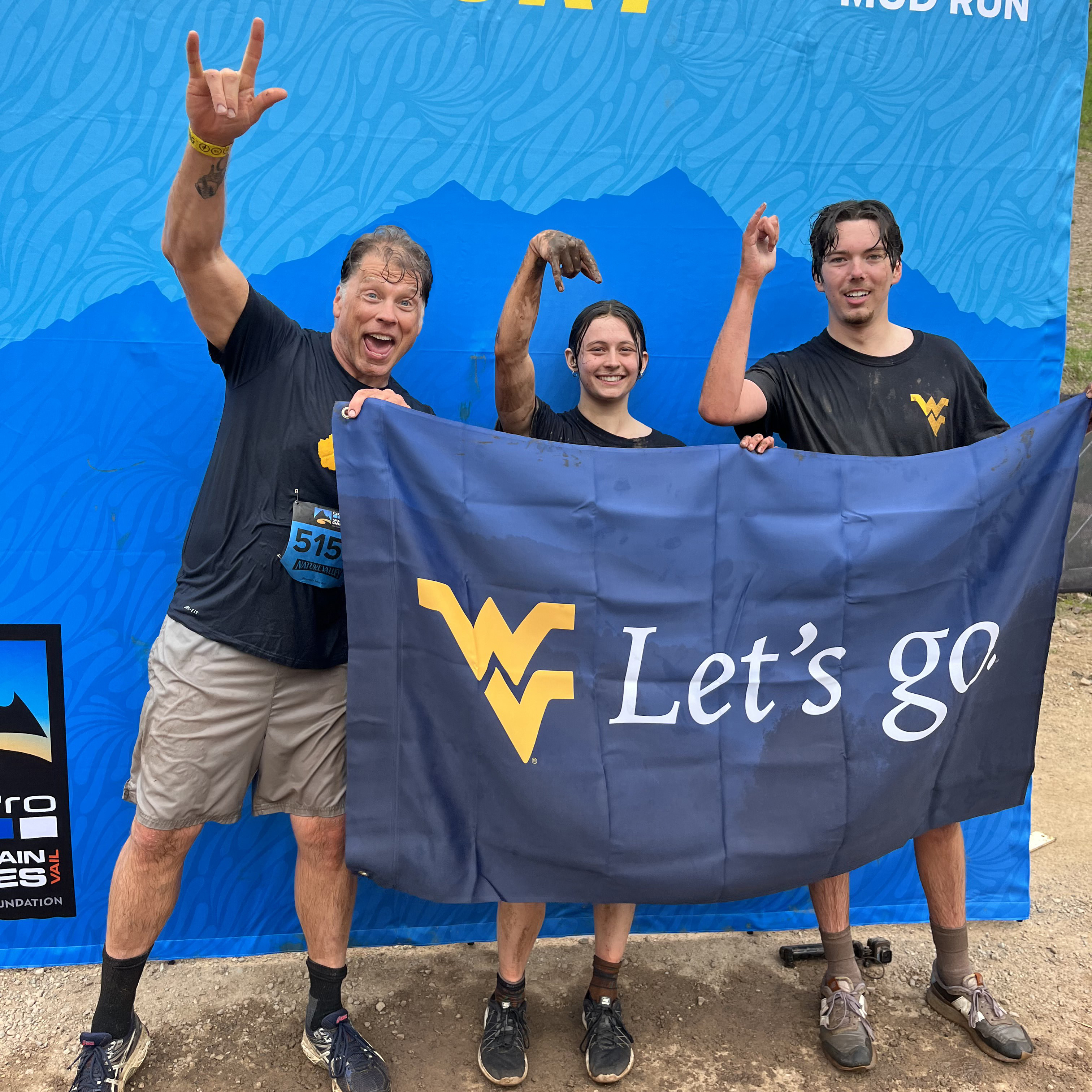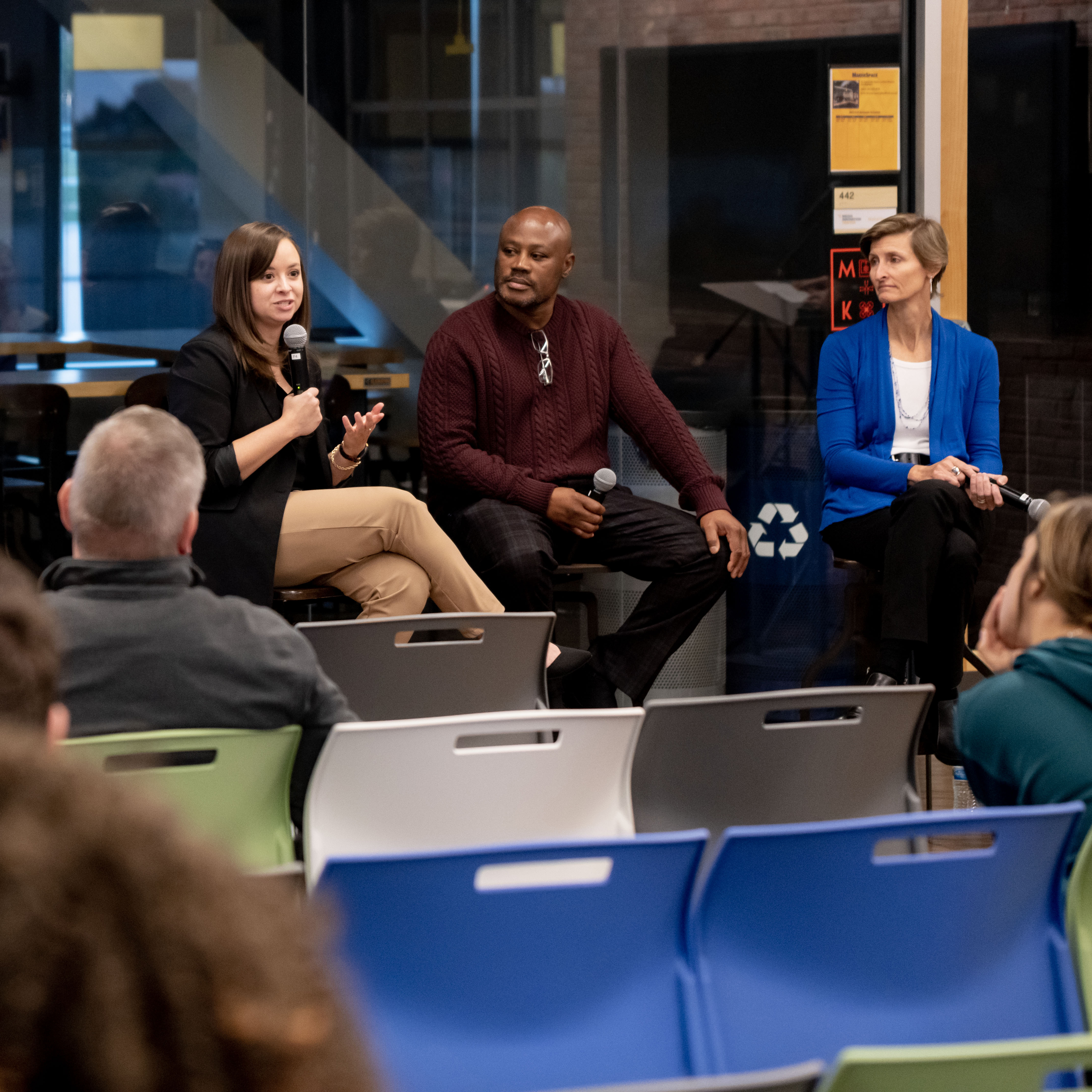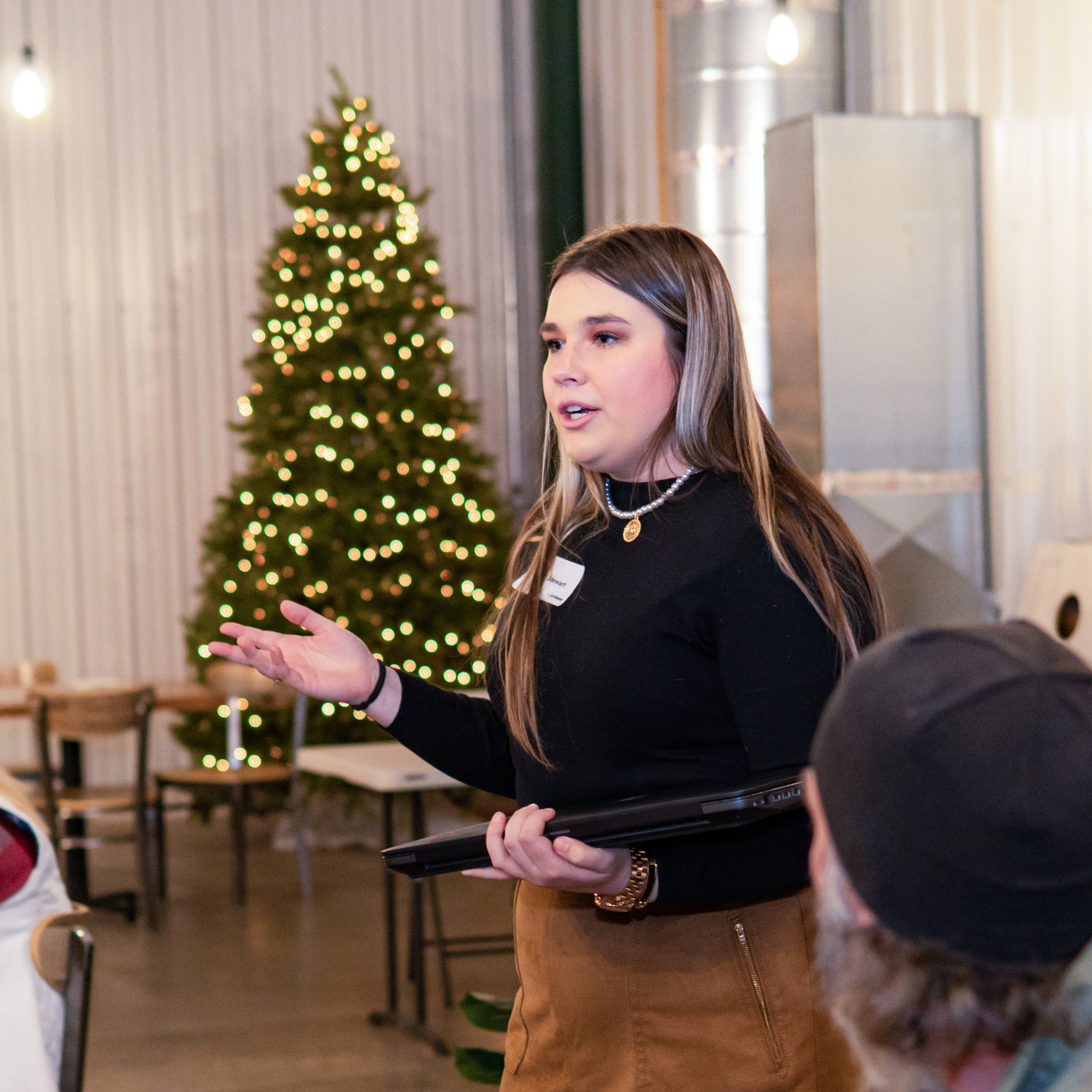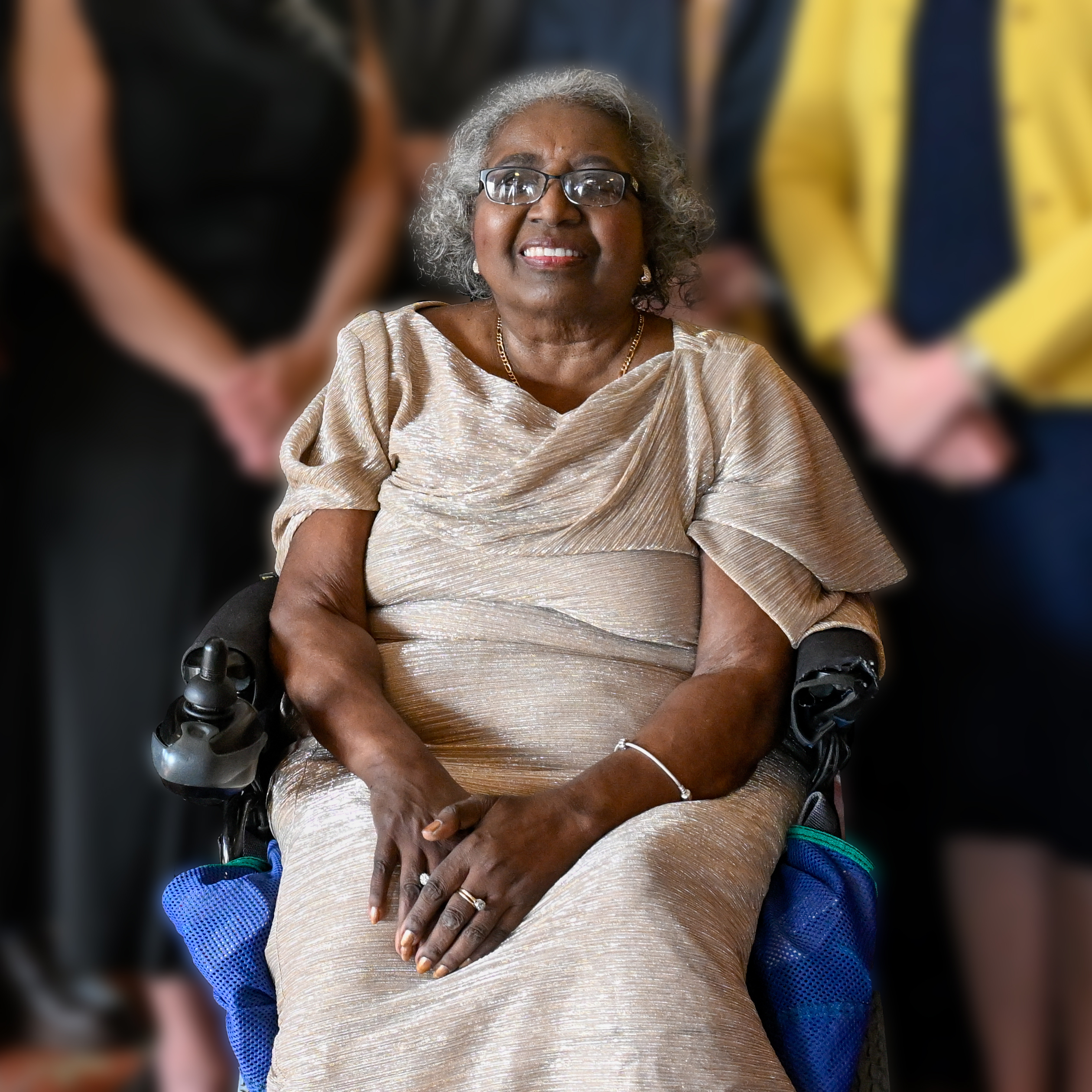Media students GoPro at Mountain Games
It happened just like that. One day after class, "Prof Scat" invited Maria Boyle and Ethan Moore on the adventure trip of a lifetime - interning for the GoPro Mountain Games in Vail, Colorado.
Becky Pallack (M.S. 2021) is cofounder of Arizona Luminaria, a nonprofit news startup. She began working on it as a class project when she was a graduate fellow in the NewStart program, a local news ownership initiative that is part of the Reed College of Media’s Media Solutions and Innovation (MESO) master’s degree. Becky graduated from the program in July 2021. Previously she was an award -winning beat reporter and a product manager at newspapers in Arizona. Although her MESO experience was 100% online, she hopes to visit the campus and go hiking in West Virginia someday soon.
Arizona Luminaria is a nonprofit, nonpartisan journalism organization. Our goal is to fill information gaps with new online sources of civic news as a public service for Arizona cities. And we want to publish in English and Spanish.
It’s an ambitious project! We’re moving from vetting an idea to launching the first online publication in just one year. Right now we’re in fundraising mode, building the seed fund needed to help our project have enough runway to take off.
The founding team includes me, audience development expert Irene McKisson, and newsroom leader Dianna Náñez. Learn more and support our launch at AZLuminaria.org.
Before I left my newspaper job to start a new company, I was a product manager at the Arizona Daily Star newspaper. I worked at the intersection of the newsroom, the tech group and the sales teams and helped them build and monetize new products like newsletters, guides, and apps.
Using innovation frameworks just means applying proven methods to make products that audiences will love — and that make money — without wasting a bunch of time and resources.
I bumped into the concepts of Lean Startup and Design Thinking about eight years ago and it really changed my work life. I realized innovation could be done systematically. I thought about how these frameworks have been used by tech companies and can be used in journalism. It led me to connect with my local startup community, and I started dreaming about sustainable journalism business models, and that eventually led me to WVU’s NewStart program.
My first step is always to ask consumers in your market, “How do you get your news?” Then really listen and accept surprises. We need to be willing to meet audiences where they live online. It’s still like bringing local news to their doorstep! Except that doorstep is the lock screen on their phone.
We need to be willing to meet audiences where they live online. It’s still like bringing local news to their doorstep! Except that doorstep is the lock screen on their phone.
Basically the lean innovation framework starts with deeply understanding your audience and their news and information needs, then coming up with an idea that will meet their needs, testing it with actual audience members, iterating based on what you learned from the test — and then building, testing and learning some more. Anyone can do this!
A lot of innovation can happen with small experiments that don’t take a lot of time and resources.
I believe print publishers should be thinking about their profits today as a runway toward a digital future. They need to invest in disrupting their own business models before other forces do it for them or they run out of time.
Storytelling helps! I gather data and collect anecdotes from their readers about how people are currently using their news products and what the unmet needs are. I also talk about the opportunities for community service, audience growth, and revenue growth.
To learn more about the one-year online Media Solutions and Innovation graduate degree program, visit mediacollege.wvu.edu/meso. For more on NewStart, visit newstart.media.

It happened just like that. One day after class, "Prof Scat" invited Maria Boyle and Ethan Moore on the adventure trip of a lifetime - interning for the GoPro Mountain Games in Vail, Colorado.

Ashton Marra and Jonathan Stoltman officially launched Reporting on Addiction in September 2021 – during National Recovery month. Since then, they have developed curriculum and delivered trainings and presentations to dozens of students and organizations.

Staying in West Virginia wasn’t part of Jenna Stewart’s post-college plan, but advice and opportunities provided by mentors in the WVU Reed College of Media have helped the Fairmont native find her calling in the Mountain State.

Carolyn Bailey Lewis is a native West Virginian who, in 1971, became the first Black woman to graduate from the WVU P.I. Reed School of Journalism. She reflects on a nearly 40-year career in public broadcasting that includes many "firsts" in this Q&A.